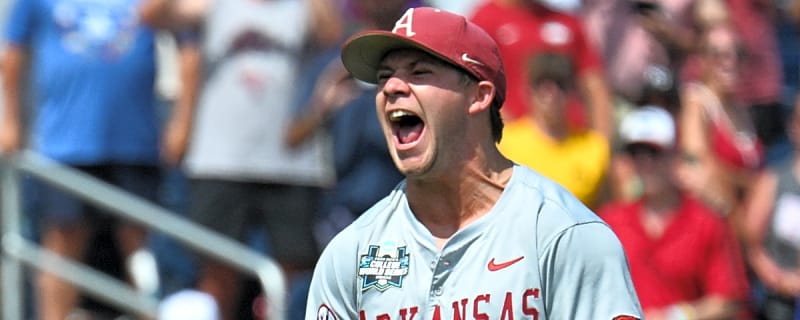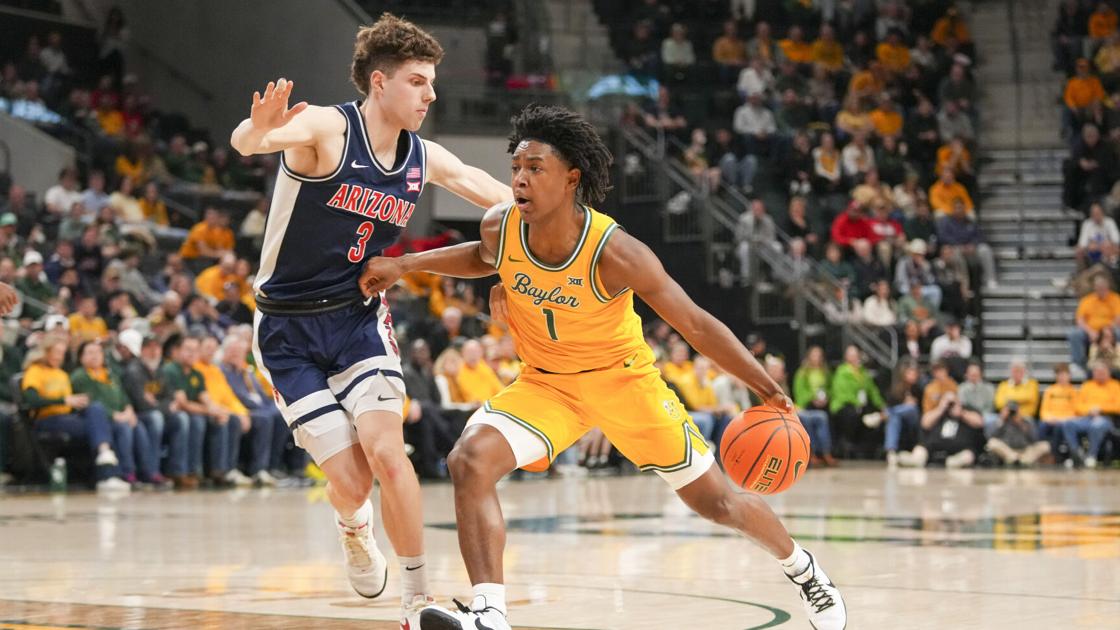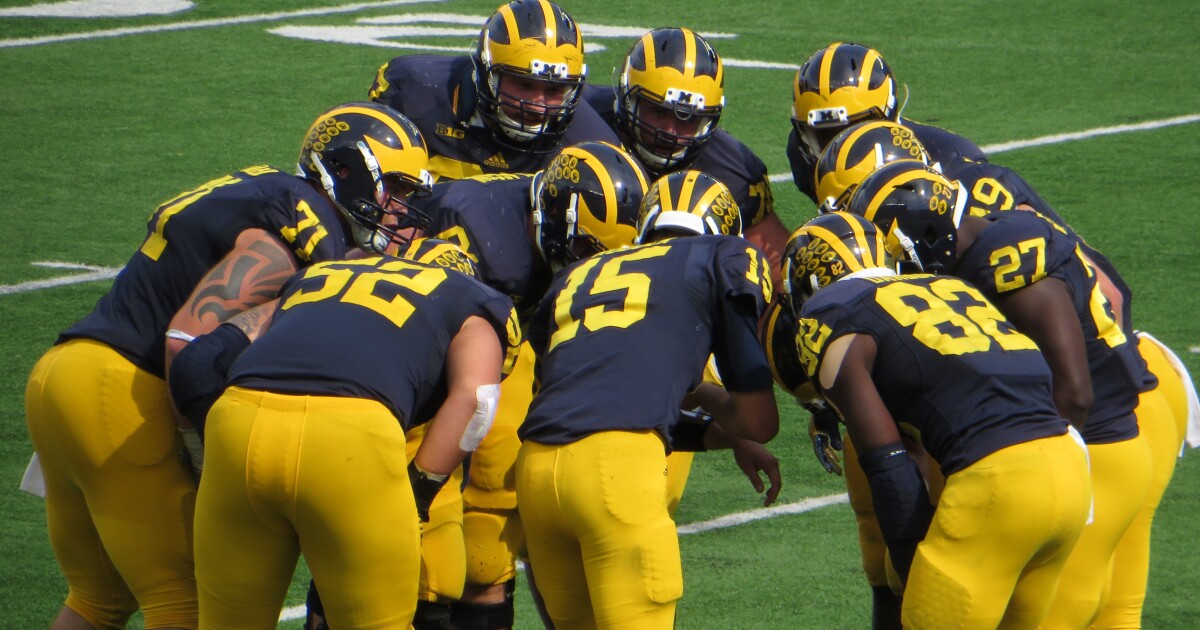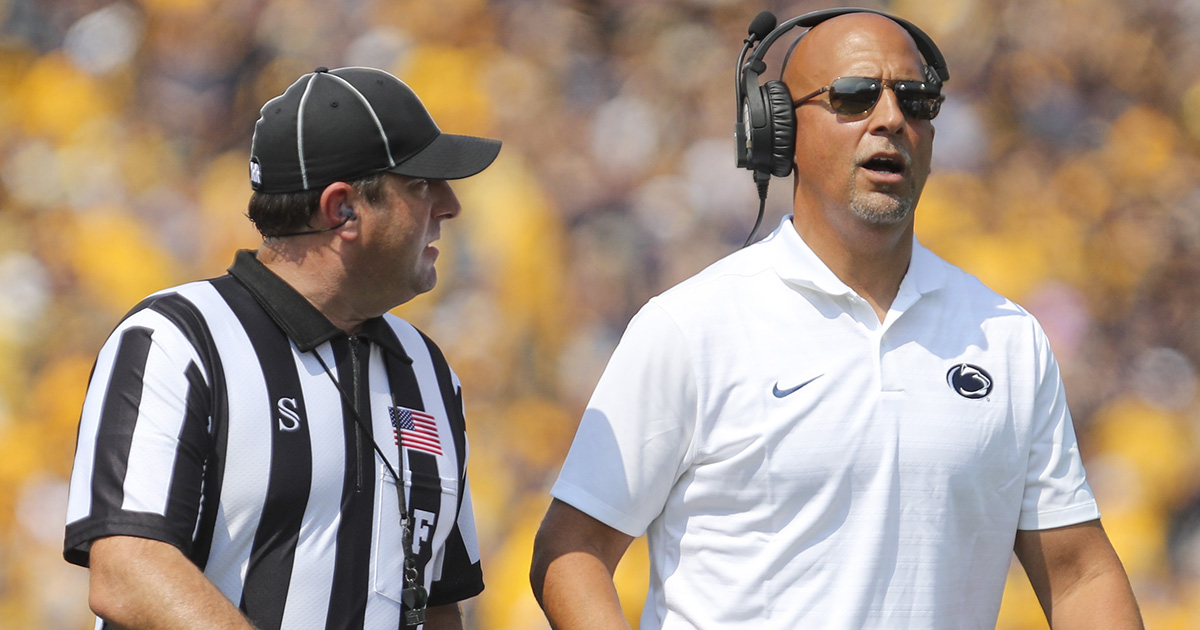PHILADELPHIA — For Philadelphia, whose only FBS football program is forever on life support, the biggest news from the House v. NCAA settlement appears to be that Big East member Villanova belongs to the conference whose men’s basketball programs are expected to have the most money at their disposal of any conference.
The settlement means schools now can disburse a floating pool of money, expected to be a maximum of $20.5 million in the upcoming school year and increasing annually. This is on top of whatever name, image and likeness money student-athletes negotiate for themselves, as long as the process of procuring that NIL money meets new guidelines.
In short, schools now will officially be paying their athletes salaries, and doing so in a sanctioned manner. Super. Good for the kids.
This will not, in any way, create any sort of equity, nor will it keep schools and boosters from cheating. It is lipsticking a pig that is irredeemably ugly and irretrievably unfair.
There are a mind-numbing number of other likely consequences, from the Power Four conferences continuing to splurge on their powerhouse football teams, to roster limits squeezing both recent college recruits and existing players off teams on which they planned to play or teams on which they’d already played, to kids getting grandfathered into schools but not on to the teams.
There’s a possibility the ruling is delayed by further legal wrangling, but when it goes forward, there will be tons of fallout and a few lawsuits, too: For example, when some Title IX audit at, say, Alabama reveals that the football team received $20.4 million while women’s soccer, tennis and swimming split 100 grand. Roll over, Tide.
And what would an NCAA resolution be without the creation of yet another layer of bureaucracy? Enter the College Sports Commission (CSC), a (supposedly) independent LLC tasked with enforcing the rather nebulous new rules, investigating alleged violations, and handing down punishments for those who run afoul of the nebulous new rules. This means that the bumbling NCAA, for decades a study in misadministration, no longer will selectively oversee or inconsistently adjudicate violations.
The CSC will rely on athletes self-reporting outside NIL deals. It also will be run by Bryan Seeley, whose last jobs involved running Major League Baseball’s often bizarre PED and domestic-violence investigations. He was hired by the commissioners of the Power Four conferences — the Southeastern Conference, Big Ten, Big 12 and Atlantic Coast Conference.
So, an MLB guy hired by bigwigs to police those same bigwigs.
What could possibly go wrong?
At any rate, using a formula that Division I programs like those in the Big East are unencumbered by FBS football programs — Villanova’s team is in the FCS, formerly known as Division I-AA — they’ll have more cash available for their premier programs. This should give teams like Villanova more available revenue, approaching $6 million on average per school, according to numbers presented at a the Global NIL Summit and reported by ESPN.com’s Dan Wetzel, or about 23% more than schools from the next highest-spending conferences.
Of course, that’s just the money coming from the school. That does not include money from third-party NIL sources, like NIL collectives such as Villanova’s “Friends of Nova,” which reportedly this season delivered $1.7 million in NIL money to star forward Eric Dixon. That source of money will not be capped, though any amount exceeding $600 must be validated by the CSC. And that money must be self-reported by the athlete.
Despite an already healthy NIL pool, Villanova missed the NCAA tournament all three years after Jay Wright’s retirement and fired coach Kyle Neptune. The Wildcats hired Kevin Willard in March.
The main intent of the House class-action lawsuit was to pay current and former athletes in arrears of the next 10 years, and the NCAA and the group formerly known as the Power Five conferences (the Pac-12 used to be a power conference) will pay out nearly $2.8 billion to about 390,000 former and current athletes who played before 2021, when the current NIL rules were created, and it also resulted in the revenue-sharing model for the immediate future. Division I schools have until June 15 to opt in, and all of Philadelphia’s D-I schools either have or are expected to opt in. The Ivy League, which includes Penn, has said its schools will not opt in.
The adjudicators also sought to produce a path to contain NIL bidding wars that might make playing fields more even and oversee NIL income and expenditure.
For instance. Ohio State’s benefactors essentially bought a national title last season by spending a record $20 million on its team. However, assuming the Buckeyes and their ilk muster third-party NIL money, there’s no reason they can’t spend more than double that amount annually.
More locally, after the 2022-23 season, Penn lost Jordan Dingle, the Ivy League Player of the Year. He entered the transfer portal and landed at St. John’s, where he cashed in on NIL money in his final season of eligibility — NIL money that doesn’t exist in any large amounts at Ivy schools, since the league does not allow NIL collectives.
The Quakers went 9-5 in the Ivy League in both 2021-22 and 2022-23 with Dingle leading the way, but fell to 3-11 in 2023-24 without him. A 4-10 mark in 2024-25 led to the firing of coach Steve Donahue after nine seasons.
Donahue’s replacement, local high school and college legend and former Iowa coach Fran McCaffery, was hired in part because of his familiarity with NIL and the transfer portal.
How McCaffery navigates these new, uncharted waters will be fascinating to watch.
As for Villanova:
No more excuses.
©2025 The Philadelphia Inquirer. Visit inquirer.com. Distributed by Tribune Content Agency, LLC.















 THE CROSSOVER
THE CROSSOVER  Anthony Edwards CROWNED too soon? + Cowboys MAKE playoffs in 2025?! | Get Up
Anthony Edwards CROWNED too soon? + Cowboys MAKE playoffs in 2025?! | Get Up












































